Horror Movie Tropes: The Evolution Of The “Final Girl” And What It Takes To Survive
The “final girl” is the last girl standing in a horror film, usually in a slasher film, who outlives all of her friends or other victims and confronts the killer in the end.
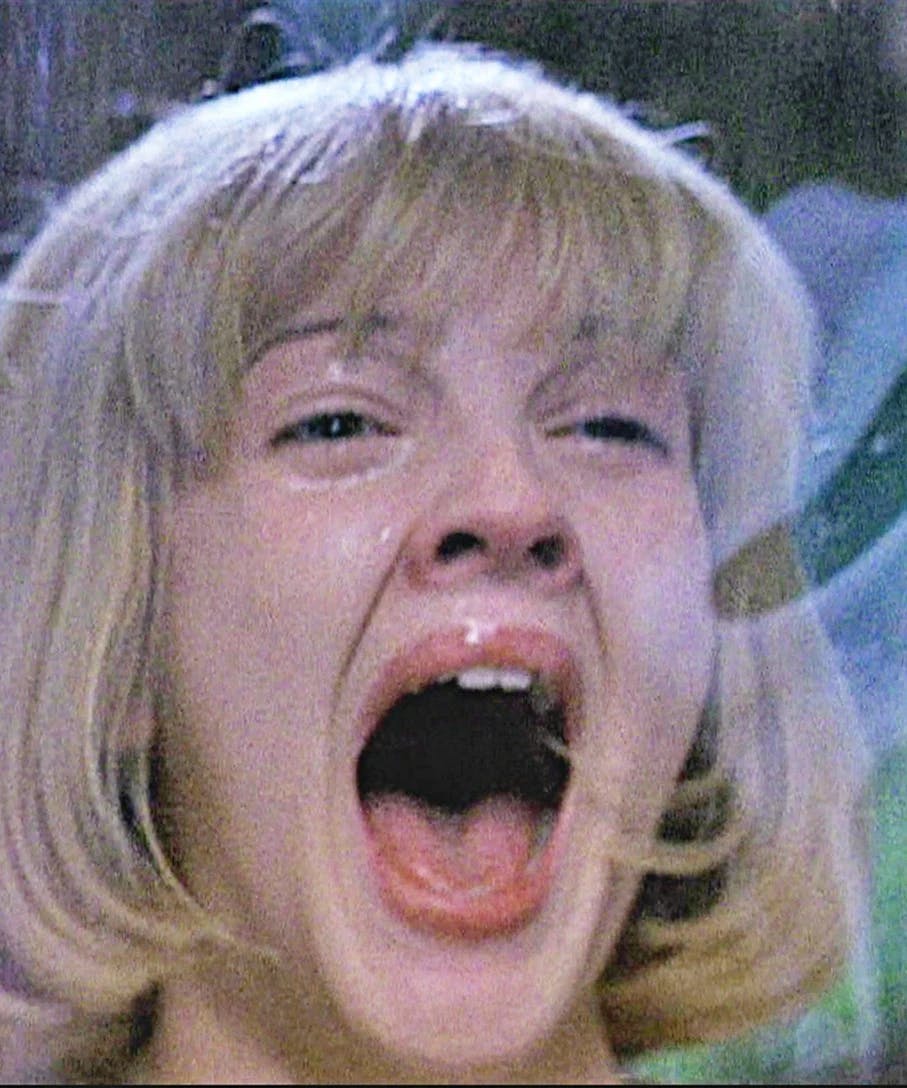
She has consistent characteristics which largely revolve around being “not like the other girls” in the horror movie. To begin with, she’s a woman – something many academics and feminists take issue with. “Why do we enjoy watching young women getting brutalized and murdered so much?” is a question many feminists think we ought to spend more time thinking about, but we’ll dive more into that once we understand what makes a character a “final girl.”
The Characteristics of a “Final Girl”
While her peers tend to be portrayed as bimbos, mean girls, superficial popular girls, and promiscuous women, the final girl is depicted as morally superior. The classic final girl was always a virgin or showed no interest in sex. She’s resourceful, intelligent, clever, and usually brunette.
While the girls around her tend to dress more provocatively and seek male attention, the final girl remains fully clothed and is portrayed as a prude or sexually disinterested. She doesn’t partake in illicit activities like drinking and doing drugs and is usually a little less feminine than her peers. She’s a tomboy with a unisex name and practical side compared to the clueless prom queen who wanders right into the killer’s hands. In this way, old depictions of the final girl tend to equate femininity with being daft. Girls who partake in these activities are bound to get killed off first.
The Original Final Girl
There were many precursors to the movie Halloween, including 1974’s Black Christmas which depicted the final girl Jess in a feminist light, not only allowing her to be a sexual being but even allowing her character to get an abortion without moral condemnation through the killer. However, it was Jamie Lee Curtis’ depiction of Laurie Strode that popularized the final girl trope due to the success of Halloween. The success of this film revolutionized horror as a genre, and most movies following its release have heavily relied on its formula. Following Strode, there was Nancy in The Nightmare on Elm Street and Alice in Friday the 13th, who was also smart, brave, and fought back against the killer.

Considered the quintessential Scream Queen, Strode has all of the makings of a classic final girl: virginal, intelligent, resourceful, and a brunette good girl. Her friends, in contrast, are promiscuous, vapid, and make stupid decisions. This contrast is put bluntly when Strode’s friend Annie says to her in one of the opening scenes, “Poor Laurie, you scared another one away” and “It’s tragic, you never go out,” to which Laurie replies that guys think she’s too smart. Later, Annie mockingly says that she always thought she’d make a fabulous girl scout. Ultimately, the acts that her friends are involved in when they get killed happen to be sex. Meanwhile, Strode, who is an upstanding citizen babysitting a little boy on Halloween night, can save the day because she isn’t distracted by such things.
Critiques of the Final Girl
Feminist scholars take issue with the depiction of the final girl as a virtuous woman while all of the women who preceded her in death are depicted as loose women who had it coming. The question that feminist literature has been digging at for many years is why do these unspoken horror rules exist for a female character to survive? Do women who partake in sex, drugs, and alcohol deserve to die in horror movies? Why are these tropes so consistent and what does it say about us as the viewers that we’ve become so addicted to these stories? If we were to use slasher films to inform our moral compass, you’d think women need to be good girls to deserve to live.
As pointed out on The Take in their video essay explanation of the final girl, early depictions of women in horror confined them to being damsels in distress to whom horrors simply happened. They waited for a man to save them, and they certainly didn’t take matters into their own hands. Even though the final girl is widely criticized now, the notion that a woman who, through her own prowess and intelligence, could outsmart or defeat the killer without needing any rescuing would have been profoundly feminist at the time. While the origins of the “good girl” may be in part due to the moralizing of the ‘70s, it also serves practical purposes. People who aren’t distracted or under the influence would be more likely to think clearly, and this would give someone an advantage in survivability in real life.
Subversions and Feminist Reimaginations of the Final Girl
The final girl was always one-dimensional. At least, that was until the final girl underwent a meta transformation with the release of Wes Craven’s 1996 film Scream – a self-aware horror movie that explicitly discussed the rules that characters had to follow to survive a horror movie. The opening scene introduces us to Drew Barrymore's character Lisa, who we assume is going to be the final girl. It’s Drew Barrymore, after all, surely she would be the protagonist. However, when her character is killed off in the first 15 minutes, this shocking twist is just the initial subversion of traditional horror movie rules that Scream challenges.
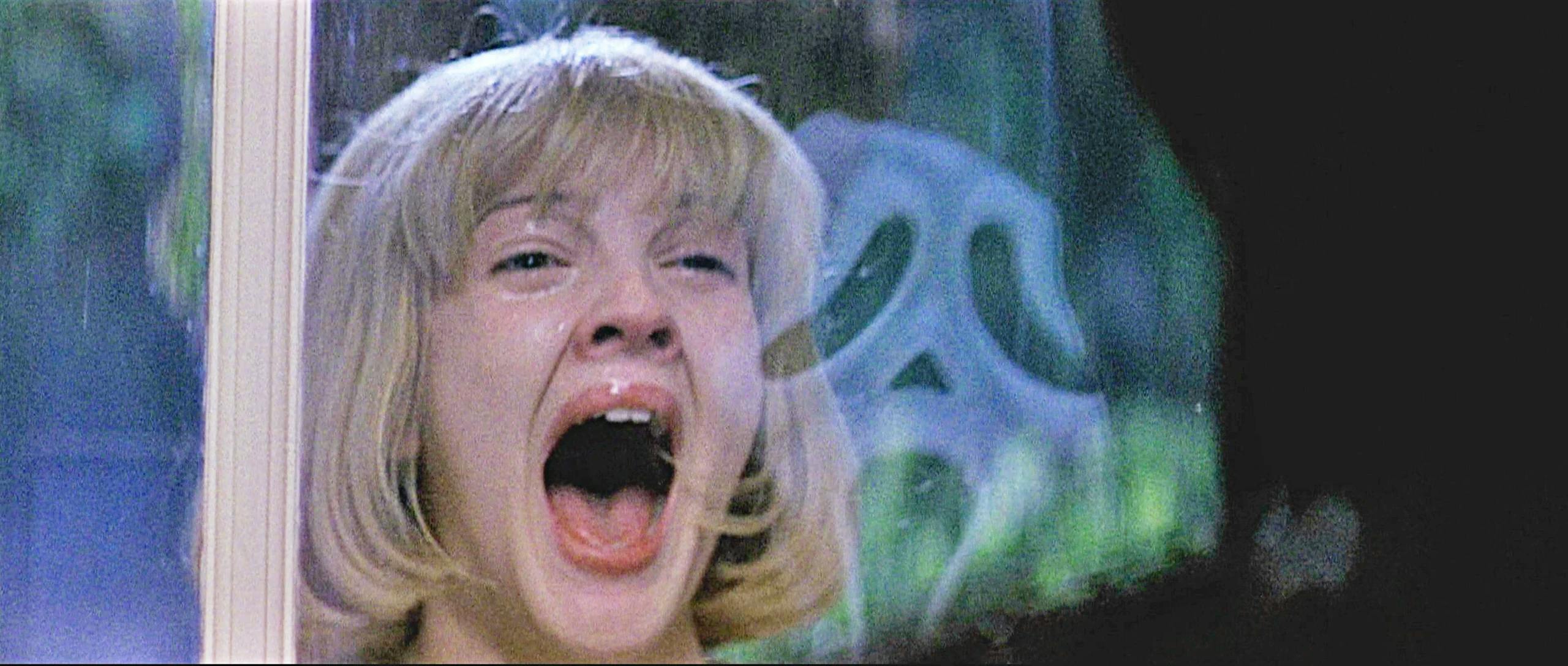
There’s a notable scene where Randy Meeks and a group of friends are all gathered around a TV in the late hours of a house party, watching the original Halloween. Stu makes a crass comment asking when they’re going to see Jamie Lee’s breasts, which prompts Randy to explain that she always survives because she was the virgin in horror movies, insisting that only virgins can outsmart the killer, according to the rules. When he realizes his uncultured friends are blissfully unaware of these supposed horror movie rules, he lays out a set of important rules you need to follow to survive a horror movie.
The first rule is that you can never have sex, the second is that you can never drink or do drugs because it’s a sin (they all clink beers in a tongue-in-cheek rejection of the rules), and finally, Randy says to never under any circumstances say “I’ll be right back” because you won’t be. Stu follows up this information by asking if he wants a beer and saying “I’ll be right back” as the entire room “ooohs” and sets up the expectation for the viewer that he is going to be killed, only for this expectation to be subverted, as Stu ends up being one of the killers himself. This is one of the first horror films to give the final girl permission to be more sexual, even though at the beginning of the film she is struggling with intimacy due to her late mother’s rape and murder. However, toward the end of the film, she makes love with her boyfriend who turns out to be one of the killers, which isn’t something a classic final girl would ever do.
Ironically, Craven himself played part in some of these horror movie tropes from the golden age of horror with his film franchise The Nightmare on Elm Street which depicted more traditional final girls. At the end of Scream, Stu points out that final girl Sidney is no longer a virgin and now she has to die because those are the rules. However, Sidney has more agency because she’s self-aware. She’s able to not only subvert the rules but create her own. When Billy wakes up for a final scare after she’s shot him, Sidney says “not in my movie” and shoots him again. This ushered in a new era of women in horror – final girls have a meta-awareness of horror movie rules and they explicitly reject them, eventually becoming fully sexual characters who engage in all the vices that used to be considered a sure-fire way to get killed in a horror movie.
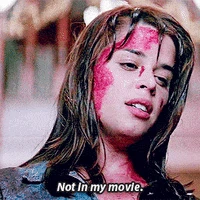
In 2017’s Happy Death Day, Tree is the archetypal anti-final girl. She’s a blonde sorority girl who is having an affair with a married professor at the beginning of the film. She parties, drinks, and isn’t a good person. She also outsmarts a killer who isn’t male, but female. While this movie explored new territory by making Tree very unlikeable, it’s only when she undergoes a moral transformation that she can truly become the final girl and defeat the killer.
Films like Midsommar and The Witch introduce us to women who are at first depicted as final girls but who become the killer or the evil themselves. Thomasin in The Witch is suspected of being a witch by her superstitious family in 17th century New England. She is blamed for a series of events that her family attributes to dark forces, including the disappearance of her baby brother. By the end, we expect her to clear her name of these false accusations, but instead, she kills her family, albeit in self-defense, sells her soul to the devil, walks out into the woods, and joins a coven of witches as her naked body floats into the air and she erupts into euphoric laughter. She’s no longer being repressed for her sexuality – she’s embracing it.
Does Horror Seek To Sadistically Objectify Women?
In 1992, Carol J. Clover wrote Men, Women and Chainsaws: Gender in the Modern Horror Film. Her thesis was that despite these female characters being written in a voyeuristic manner for the male audience and from a male perspective that’s aligned with the killer, at some point, this perspective is reversed and the audience is forced to identify with the final girl’s point of view. A good example of this dynamic would be Clarice Starling in The Silence of the Lambs.
We’re first introduced to her at the beginning of the film in a scene where she appears to be running for her life through the foggy woods. Not yet understanding the context, the viewer initially assumes that she must be running from some imminent danger, such as a killer. However, our concerns are quickly debunked when she encounters other fellow runners, which reveals that she is just on a training course at the FBI Academy. This intentionally misleading scene is set up to foreshadow Clarice’s role as a “final girl.” While the final girl trope is typically seen as an anti-feminist objectification of women, this film uses this concept to challenge the assumptions you already have about the protagonist.
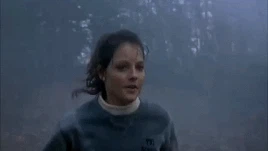
The film depicts Clarice being sexualized, objectified, and disrespected by her male peers. However, it actively rejects what has been coined as the male gaze by refusing to let the audience participate in it. Instead, we see things from Clarice’s point of view, so when men gawk at her or make lewd comments, we feel like they’re saying it to us, which makes us uncomfortable, and that’s the point. The Silence of the Lambs was a very feminist film that used Clarice’s position as a final girl to make a commentary on female objectification. This is what Clover would say is the point. This is why we have final girls and not final boys. Firstly, men do not garner empathy in the way women do. Men generally have an advantage physically to defend themselves, they’re less vulnerable, and they’re more disposable. What I mean by that is that in times of war and emergency, we save the women and children, but men, by nature, are sacrificial.
Clover believes the final girl has always needed to be a woman because audiences would not sympathize with a screaming, cowering, crying man. These are things that belong to the feminine, which makes a woman a sympathetic character. However, while crying, trembling, and begging for mercy, belong to the female, according to Clover, angry displays of force belong to the male. For a final girl to survive, Clover claims she needed to be phallicized and masculinized through the use of phallic weapons and the erasure of her femininity along with her sexuality.
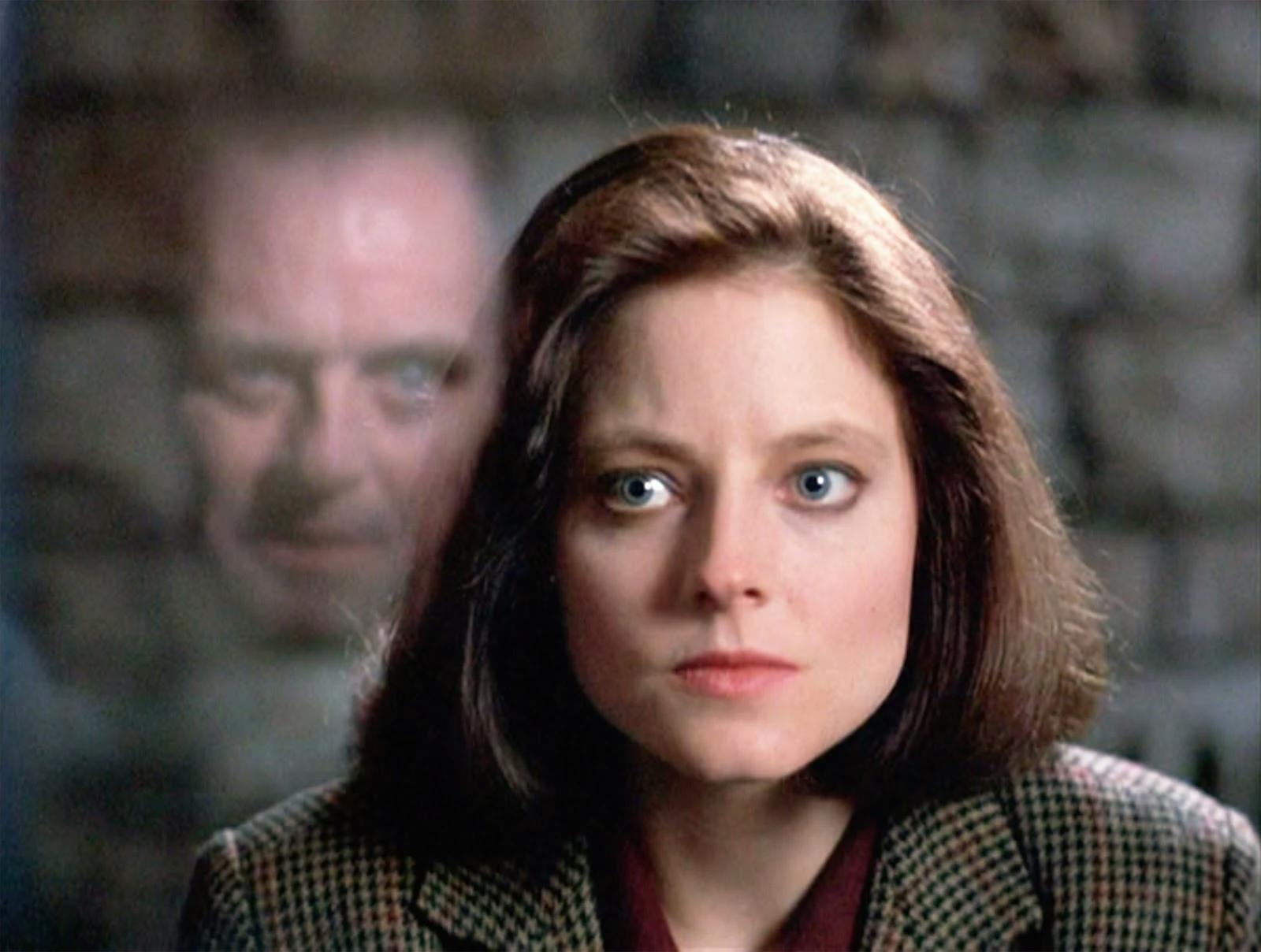
It’s not unreasonable for early final girls to use weapons to defeat the killer, and I think this theory is a bit of a stretch on Clover’s part. Women generally need weapons to level the playing field against a typically male predator, even in real life. Studies show that women are statistically more likely to throw objects and use weapons to attack a man rather than use brute force because of their smaller stature and reduced musculature. In more recent years, final girls have embraced their sexuality and even weaponized it to survive, like in It Follows, where supernatural forces are sexually transmitted. A supernatural entity begins pursuing her after having sex, and she needs to keep having sex with others to avoid it. To survive the film, she must be the antithesis of the original archetype of the final girl.
Closing Thoughts
While the final girl is often pointed to as an exercise in the gratuitous objectification of women’s suffering, many horror movies use final girls to convey a feminist message, though they’re often limited to the stereotypes of the era. Many modern-day final girls are allowed to be sexual. In the past, phallic weapons were used to defeat the killer, which Clover says masculinized the final girl. However, modern final girls, more often than not, embrace their sexuality and use it to punish the forces that are trying to kill or subjugate them.
This has ushered in a new era of final girls who are more often girl bosses and fully sexual beings. However, this may have trapped final girls in a new type of one-dimensionality, despite it working brilliantly in certain circumstances. Ultimately, a final girl doesn’t need to be a revolutionary sexual being or a prude to be a compelling character, but these are the most common manifestations of this trope.
Love Evie? Sign up for our newsletter and get curated content weekly!